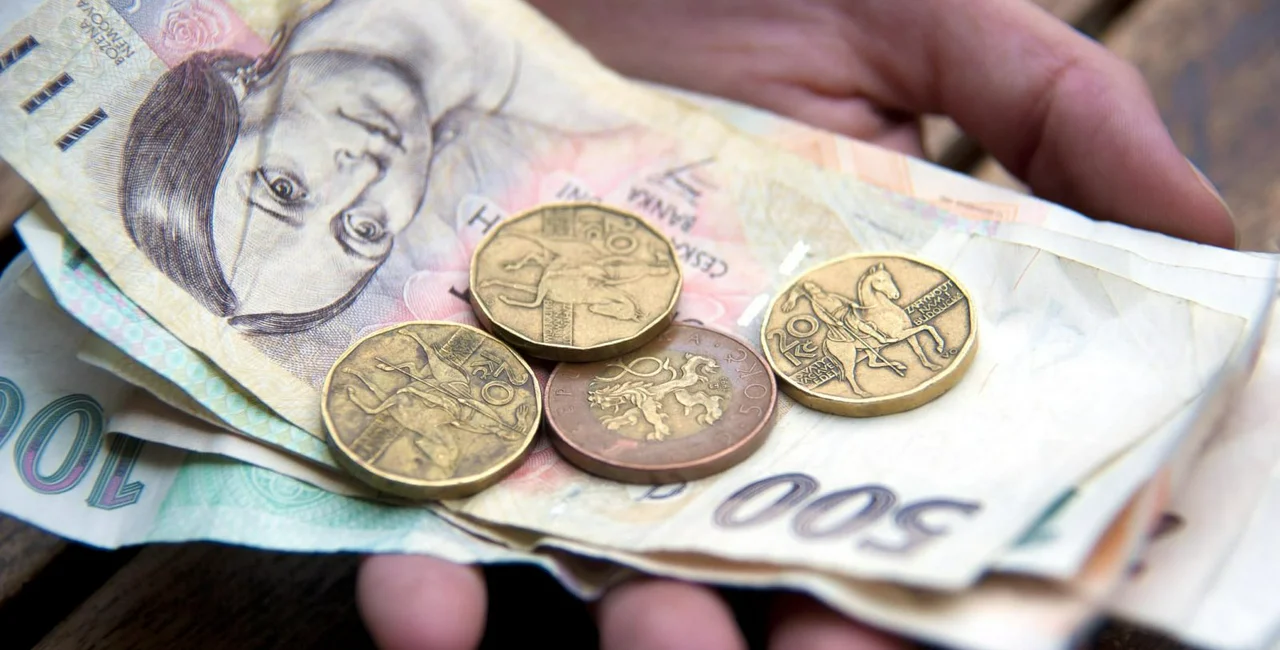The Czech Republic currently has the highest inflation in the European Union, according to Eurostat, the statistical arm of the EU.
Annual inflation in the EU fell to 0.7% in April from 1.2% in March and 1.7% in April last year. The Czech Republic’s annual inflation rate in April was 3.3%, which was down from 3.6% in March but up from 2.4% in April 2019.
Annual inflation in the eurozone was even lower, at 0.3% in April, down from 0.7% in March and 1.7% in April 2019.
The annual rate measures the change of the harmonized indices of consumer prices (HICP) between a month and the same month of the previous year. The figures for the EU do not include the United Kingdom, which left the EU on February 1, 2020. The Czech Republic is a member of the EU, but not part of the eurozone as it uses the Czech crown for currency.
“The lowest annual rates were registered in Slovenia (-1.3%), Cyprus (-1.2%), Estonia and Greece (both -0.9%). The highest annual rates were recorded in Czechia (3.3%), Poland (2.9%) and Hungary (2.5%). Compared with March, annual inflation fell in twenty-six Member States and remained stable in one,” Eurostat stated. The country that did not see a month-on-month drop was Italy.
Neighboring Slovakia had an annual inflation rate in April of 2.1%, while Germany was at 0.8% and Austria was at 1.5%. All three of those countries are part of the eurozone.
Euro area annual #inflation down to 0.3% in April (0.7% in March) https://t.co/gPzBf1Ixg1pic.twitter.com/onkUQjK5tu
— EU_Eurostat (@EU_Eurostat) May 20, 2020
The EU statisticians gave a breakdown of the sectors boosting inflation in the eurozone countries. In April, the highest contribution to the annual inflation rate came from food, alcohol & tobacco, up 0.67 percentage points, followed by services, up 0.52 percentage points, non-energy industrial goods. Up 0.09 percentage points, and energy, down 0.97 percentage points.
The Czech Statistical Office (ČSÚ) previously gave a breakdown of consumer prices for April, which were down 3.2% compared to the previous year. The consumer price index is calculated slightly differently than inflation.
Lower gasoline and diesel prices, which dropped by a record 10.5% compared to the previous month, brought prices down compared to the previous year, but there were increases in in other areas, such as food and non-alcoholic beverages. Fruit prices of fruit were higher by 24.7% and vegetable prices rose 11.8%, compared to the previous April.
There was also a year-on-year impact from alcoholic beverages and tobacco, where prices of spirits increased by 10.2%, wine by 1.3%, beer by 4.0% and tobacco products by 3.2%. Another large influence was prices in housing, water, electricity, gas and other fuels.












 Reading time: 2 minutes
Reading time: 2 minutes 





















